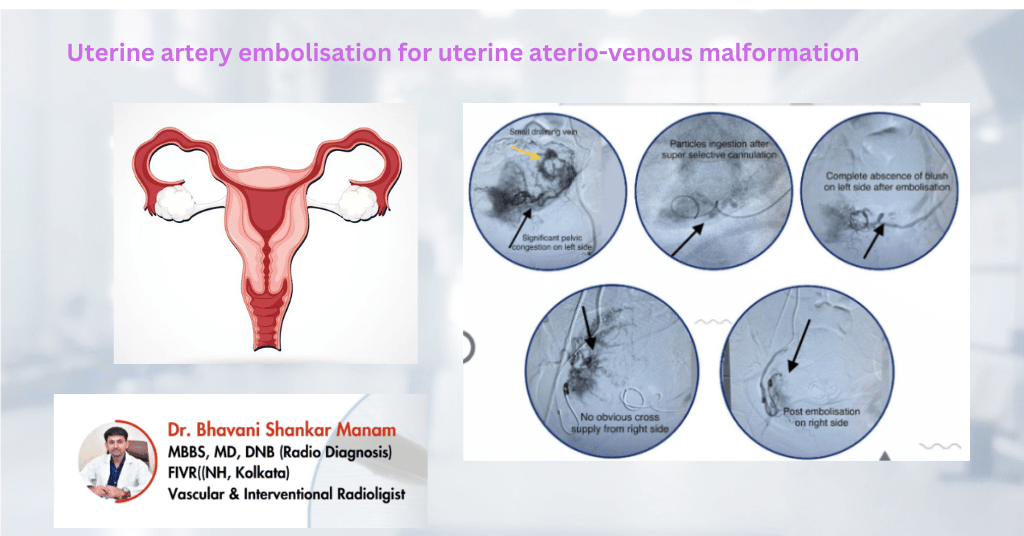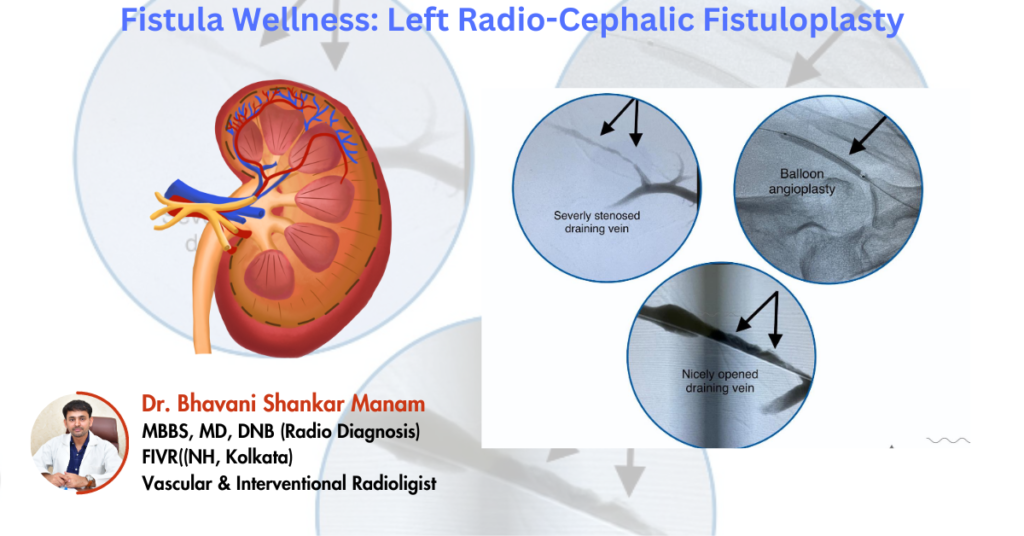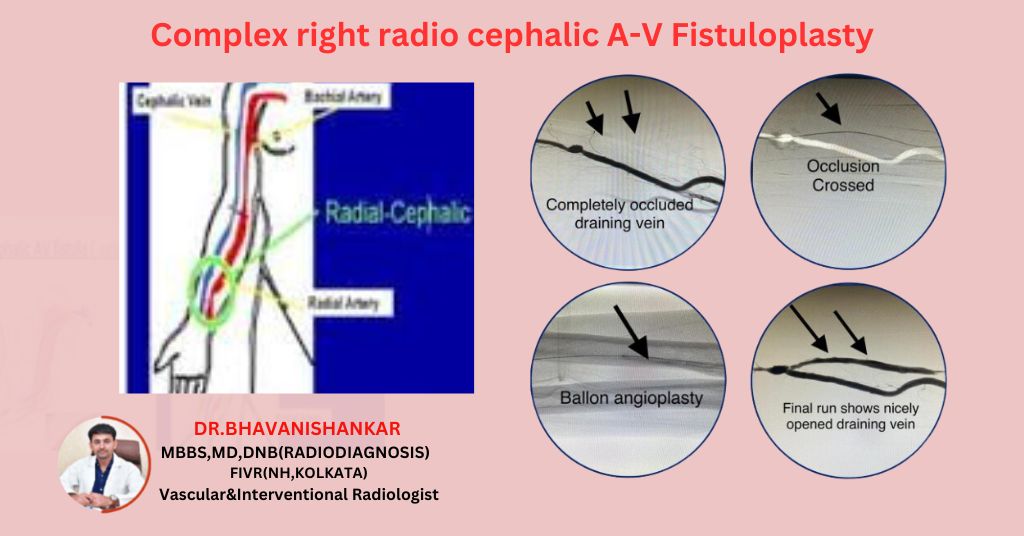Superficial Femoral Artery Blockage: Diagnosis and Treatment
A 50-year-old male came to the clinic with severe leg pain and a persistent, non-healing ulcer. His main complaint was claudication, which severely affected his ability to walk. After a thorough evaluation, the medical team decided that Superficial Femoral Artery (SFA) angioplasty and stenting would address the underlying issue and relieve his pain.
Diagnosis: Identifying Blockage in the Superficial Femoral Artery
The diagnostic tests revealed a blockage in the superficial femoral artery. A Doppler ultrasound initially showed reduced blood flow to the affected leg. To confirm the extent of the blockage, the doctors performed a CT angiography. This test revealed a long segment of the artery was obstructed, which directly contributed to the patient’s pain and difficulty walking.
Treatment: SFA Angioplasty and Stenting Procedure
To treat the blockage, the team performed SFA angioplasty and stenting through a minimally invasive approach. The two-step procedure consisted of:
- Balloon Angioplasty:
First, doctors inserted a catheter through the femoral artery to reach the blockage. They inflated a balloon at the site of the obstruction, which expanded the artery and restored blood flow to the leg. - Stent Placement:
After balloon angioplasty, a small metal stent was placed in the artery to keep it open. The stent ensured that the artery remained clear, preventing further blockages and allowing continuous blood flow.
The procedure was successful, and doctors achieved the desired result: improved blood circulation.
Outcome: Pain Relief and Wound Healing
After the procedure, the patient experienced significant relief from claudication and leg pain. He could walk without discomfort, and the previously non-healing ulcer began to show signs of improvement. The restored blood flow led to better leg function, greatly enhancing his overall quality of life.
Conclusion: The Benefits of SFA Angioplasty and Stenting
This case illustrates the effectiveness of Superficial Femoral Artery (SFA) angioplasty and stenting in treating arterial blockages. The procedure quickly relieves leg pain and supports ulcer healing. Its minimally invasive nature allows patients to recover faster and return to normal activities sooner. By restoring blood flow, the procedure significantly improves mobility and overall well-being.



